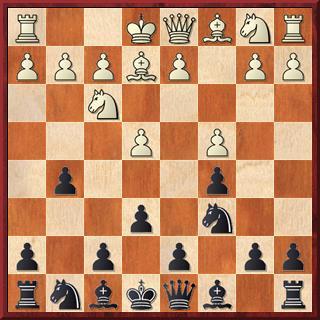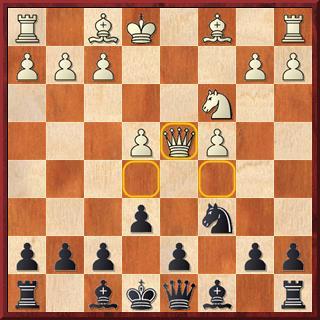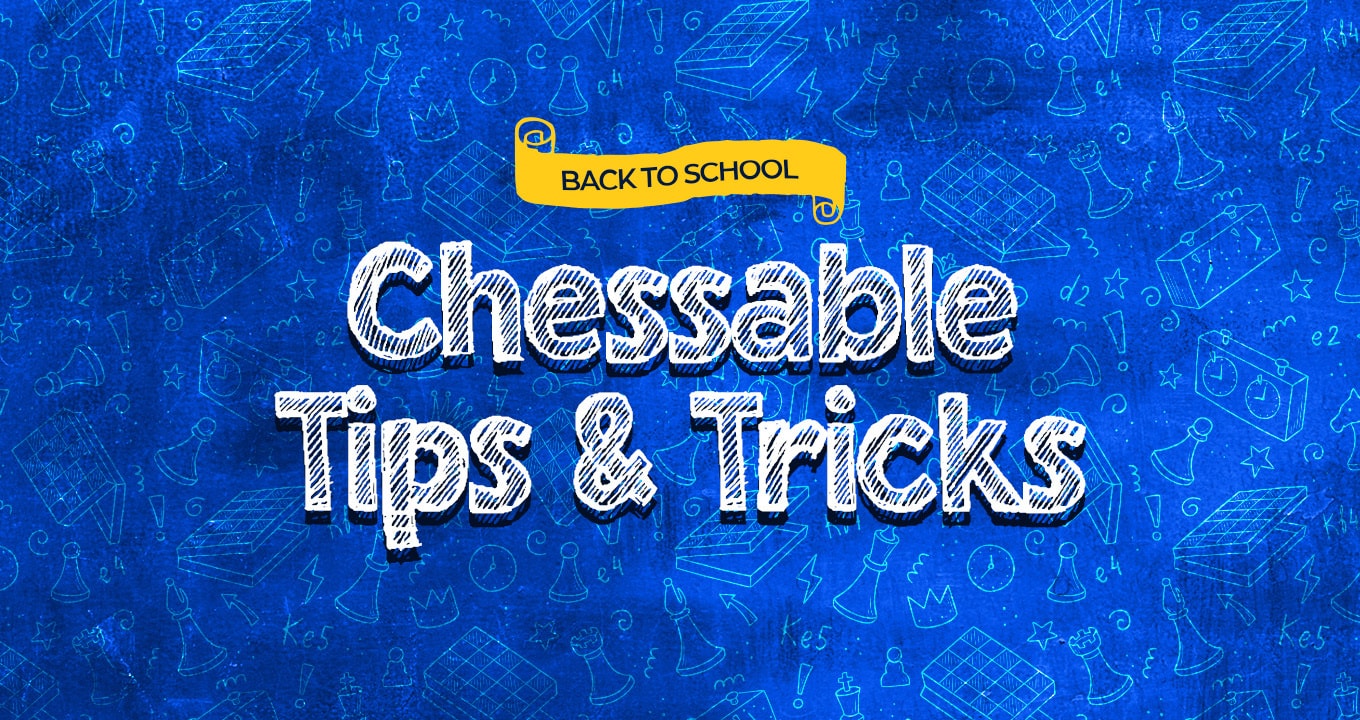I would like to tell you the story of …g5 happening in one of my games. It’s not a common sight to see this move that early in the Sicilian, let alone it being a good one (so early). In this story, the move was good, but the ending wasn’t (for me).
In 2015, I played the Reykjavik Open for the second time in a row. I wasn’t playing very well in the second half of the tournament, but a last-round win would still have made it an acceptable result. I was paired with black against Ni Shiqun. Playing black for the second time in a row in the last two rounds of an open is probably the worst of luck when it comes to pairings. Things weren’t going my way earlier either, so this should have been the first warning sign.
During my preparation, I noticed that my young opponent, a WGM born in 1997, played some boring lines in the Scotch against 1…e5 and the non-critical 3.c4 against the Sicilian, after 1.e4 c5 2.Nf3 e6. Since I was determined “to play for a win” I decided to go for the Sicilian.
I had several ideas in mind against 3.c4, and eventually, I settled for the sharp line after 3…Nc6 4.Be2 g5!? In fact, I was convinced this was so good I even started thinking I refuted the whole 3.c4 line!

If, for example, white plays 4.Nc3 instead of 4.Be2 then 4…Nge7 is very good, intending …Nd4 and …Nec6, and if white pushes 5.d4 now, then after exchanging twice on d4 and playing 7…Nc6, black has excellent play on the dark squares.

The last round was a morning game, so I couldn’t prepare as deeply as I wanted – many of the lines were checked to a point where the position was good for Black, even though I sensed they needed deeper analysis. There was one factor, however, that I failed to take into account and that factor was the character of the position.
I noticed that my opponent was an excellent calculator (as most young players are), and my own calculations weren’t to my usual standard during the tournament. And the positions arising after 4…g5 were sharp and required calculation, no matter in whose favour they objectively were.
By now you can probably sense how the game developed. Thanks to my good preparation I obtained a better position as soon as move 9, but the position required serious calculations and by move 16 I was lost! You can see the whole game online here.
You can now imagine my regret of not playing the boring Scotch… At the closing ceremony, I had a chance to chat with Artur Jussupow and I described to him my last round game, with my line of thought during the preparation and my decision to “play for a win” and choosing the Sicilian. Artur has seen everything in chess, so he knew
what I was talking about. He told me that first and foremost, you must take your own state into account. Evaluate precisely how you feel, how your head is working, how confident you are. Everything else should come from there – the opening choice, the strategy for the game.
The opponent’s preferences and how to use them come later, sometimes they are even irrelevant – it’s always better to play what makes you feel comfortable than trying to take advantage of an opponent’s shortcoming. My game with Ni Shiqun is an excellent example – I did take advantage of her poor opening, but I nevertheless lost the game because she was more comfortable in the ensuing position even though objectively it was a better position for me!
Still, she played well. And I was not surprised that she made it to the quarterfinals at the Women’s World Championship that took place later that year. And I am grateful for the lesson she taught me. We always pay for the lessons we receive and paying in rating points is not the worst that can happen.





